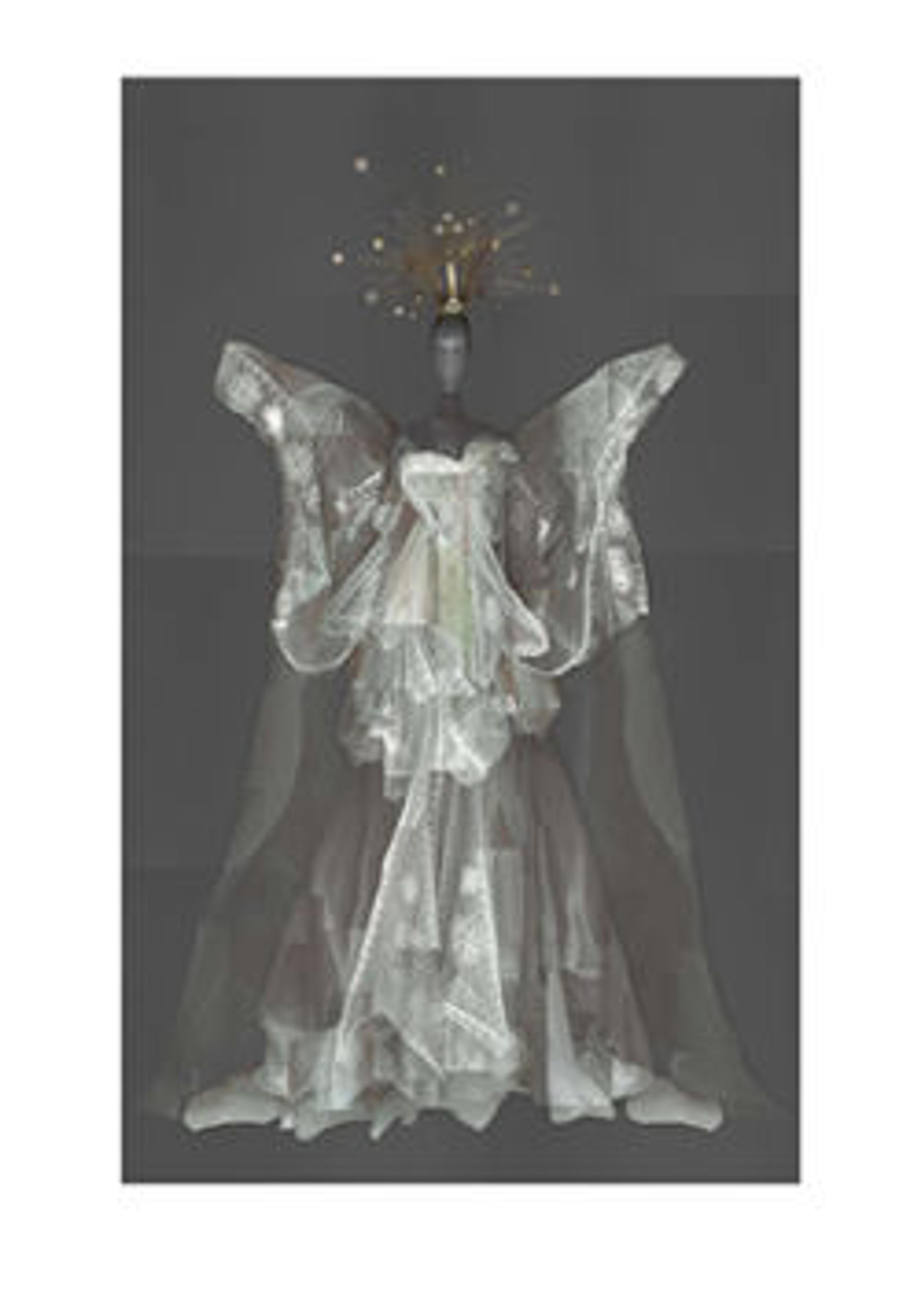Saint Benedict
This painting formed part of a series by Zurbarán representing the thirteen founders of monastic orders, known today from copies in the Capuchin convent at Castellón de la Plana. During the 1630s, his workshop produced at least two other copies to serve evangelizing missions in the Americas: one series went to Lima and another to Mexico City. Saint Benedict is depicted holding a wine jar—notably a contemporary Spanish example made in the neighborhood of Triana in Seville—in reference to a legend that a jar of poisoned wine was fractured when blessed by the saint, thus saving him. Benedict reappears praying in the rocky landscape background.
Artwork Details
- Title:Saint Benedict
- Artist:Francisco de Zurbarán (Spanish, Fuente de Cantos 1598–1664 Madrid)
- Date:ca. 1640–45
- Medium:Oil on canvas
- Dimensions:74 x 40 3/4 in. (188 x 103.5 cm)
- Classification:Paintings
- Credit Line:Bequest of Harry G. Sperling, 1971
- Object Number:1976.100.21
- Curatorial Department: European Paintings
More Artwork
Research Resources
The Met provides unparalleled resources for research and welcomes an international community of students and scholars. The Met's Open Access API is where creators and researchers can connect to the The Met collection. Open Access data and public domain images are available for unrestricted commercial and noncommercial use without permission or fee.
To request images under copyright and other restrictions, please use this Image Request form.
Feedback
We continue to research and examine historical and cultural context for objects in The Met collection. If you have comments or questions about this object record, please contact us using the form below. The Museum looks forward to receiving your comments.
